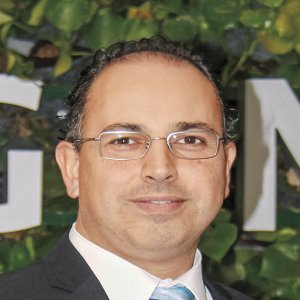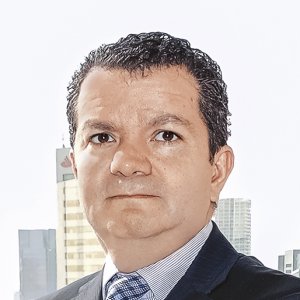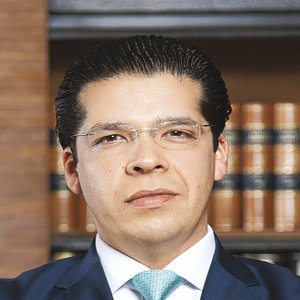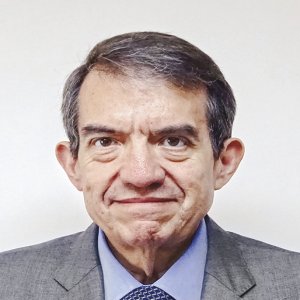In Dynamics Market, Companies Must Evolve

STORY INLINE POST
The participation of solar power in national energy mixes around the world is soaring, kindled by decreasing prices and increased installation of solar-power capacity. In this highly dynamic market that increasingly relies on technological developments, companies must evolve to stay competitive, says Diego Molina, General Manager LAC for Seraphim Solar. “There is a trend in solar power where solar-module suppliers follow similar growth patterns. Most started as solar-panel distributors or manufacturers, then grew organically to include EPC services,” Molina says. “The driving force behind a solar PV power business often revolves around price and cost, so companies need to get creative to provide an added value that goes beyond those two variables,” he adds. This added value also needs to withstand the test of time, as utility-scale solar-power projects are launched and guaranteed to operate for up to 25 years.
According to SolarPower Europe’s latest Global Market Outlook for Solar Power 2017-2021, the world’s lowest solar-supply contract signed in 2016 came in at US$0.024/kWh in Abu Dhabi. The same year, installed solar capacity worldwide rose to 300GW, a 50 percent increase compared with 2015. As it stands, utility-scale solar power is now cheaper than combined-cycle gas turbines, coal and nuclear power, according to American investment bank Lazard Capital’s calculations for Levelized Cost of Electricity (LCOE).
The International Renewable Energy Agency (IRENA) added its voice, stating in its Renewable Energy and Jobs Annual Review 2017 that solar PV is the largest renewable energy-related employer, with 3.1 million jobs in total.
In Mexico, the picture is much the same. Data from the Ministry of Energy shows that solar power installed capacity increased 137.73 percent between 2015 and 2016 (from 113.66MW to 270.20MW and growing), by far the largest jump in Mexico’s available sources of renewable energy. This rise is expected to continue as solar power gains in importance and is awarded projects at the country’s long-term electricity auctions.
Seraphim Solar grew its solar business with a solid manufacturing track record for major solar companies to ultimately develop its own brand. The company has a strong presence in the US, supplying top US brands such as Vivian Solar and Duke Energy.
Seraphim’s strong bankability placed its name on the major US banks’ “OK” list, propelling the brand toward its Latin American targets. Its Premium Eclipse module line generates 20 to 25 percent more power than average solar modules, with well over 19 percent efficiency. Mexico has a key role to play in local manufacturing for the brand’s product distribution for the NAFTA market. Innovation, quality and compliance are at the core of Seraphim’s business strategy.
Continuously relying on pricing strategies does not seem to do the trick anymore; first, because solar energy prices are at an all-time low, and second, because companies cannot afford to increase their risk levels. “Aggressive pricing strategies to participate in auctions have an inherent risk of bordering on speculation,” Molina says. He points out that minimal price adjustments in a PPA for a solar plant, projected to be operational for about 15 to 20 years, can translate into significant additional and unforeseen costs.
To maintain prosperity, renewable energy companies in general, and solar PV power in particular, must develop alternative electronics, inverters that address intermittency issues and energy-storage solutions that cover a high percentage of overall power-plant generation capacity. “According to Bloomberg, by 2040, 40 percent of installed electric capacity worldwide will be solar and wind. Thirty-six percent of electric generation will come from these two sources,” Molina says. “We have to start thinking in terms of electric micro-grids. It is undeniable that solar power is headed toward storage and smartgrid solutions.” By adapting to market trends, Tier 1 solar companies will start developing business lines capable of participating directly in auctions as developers become involved in energy production and trading.























